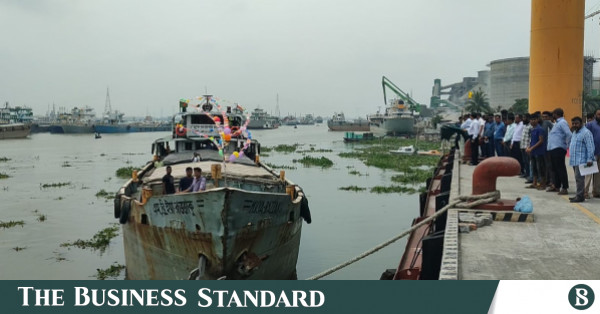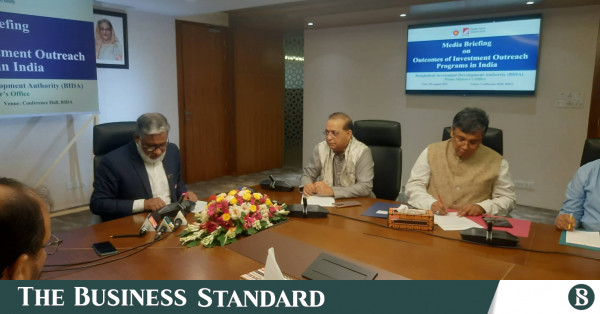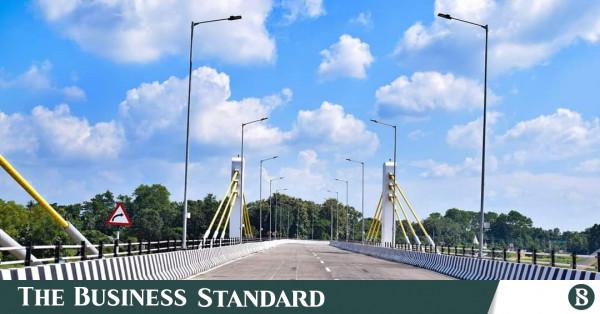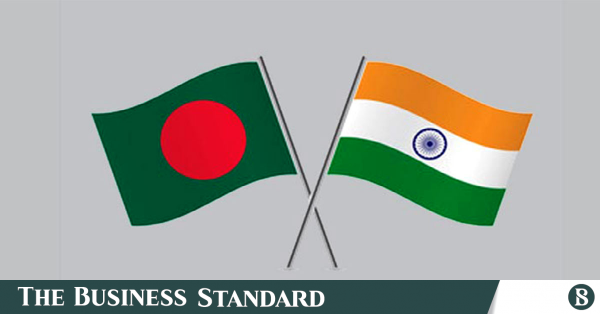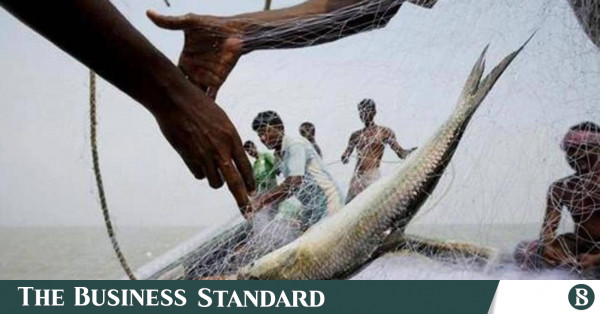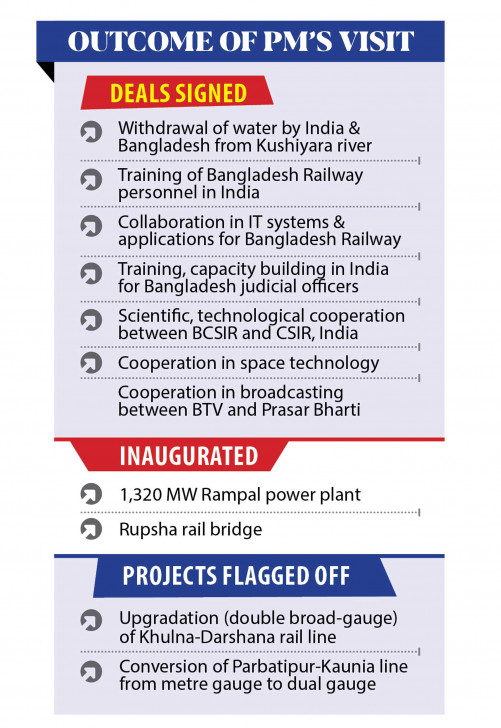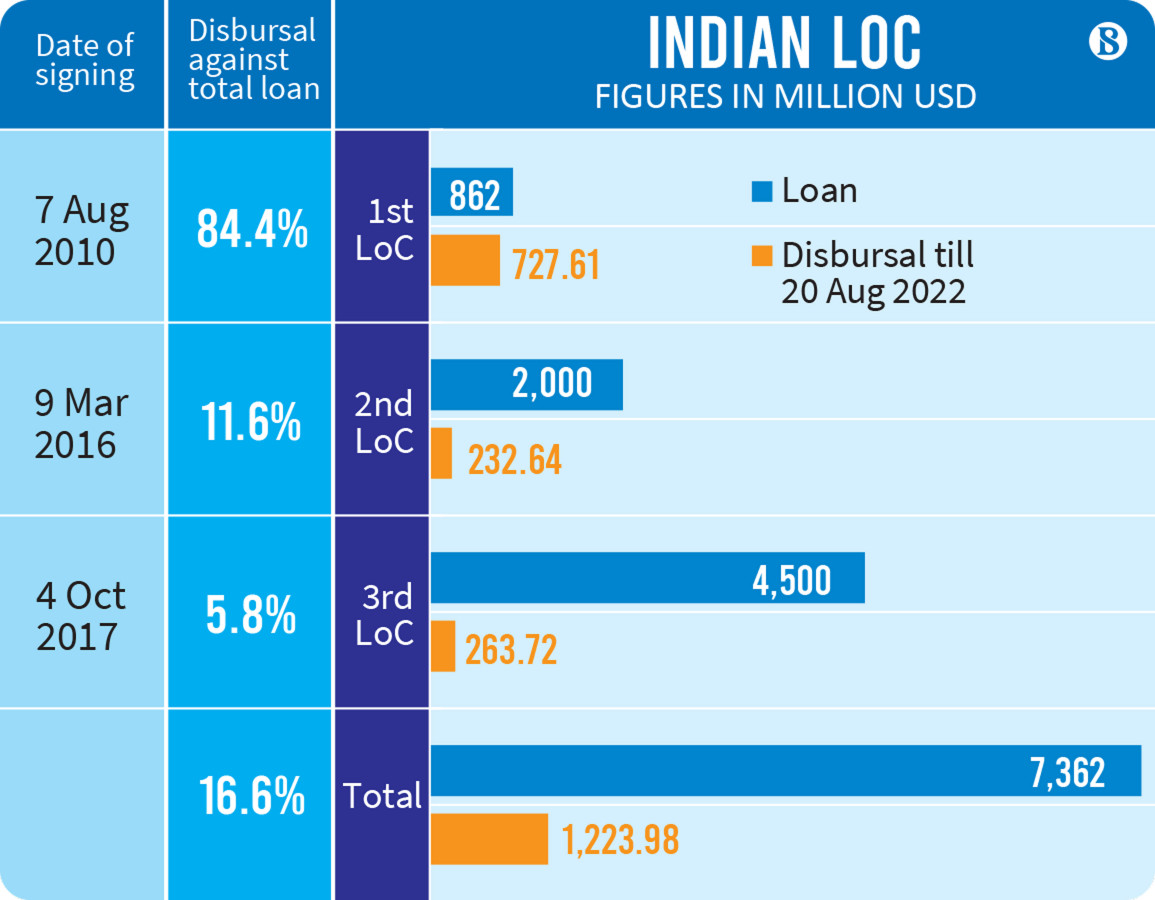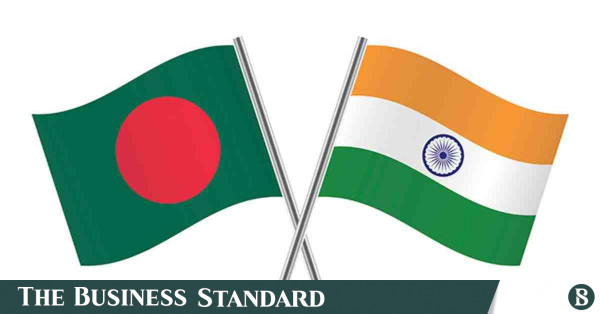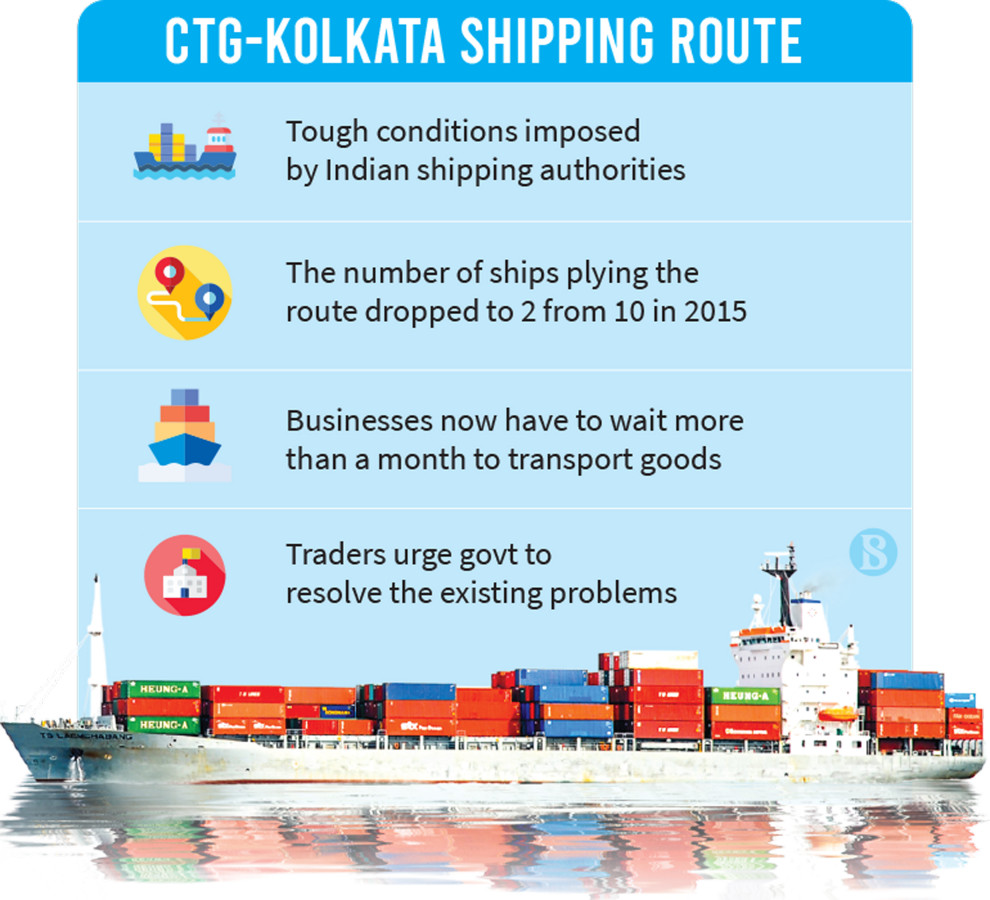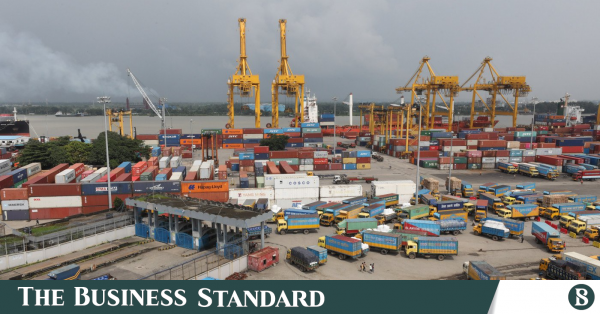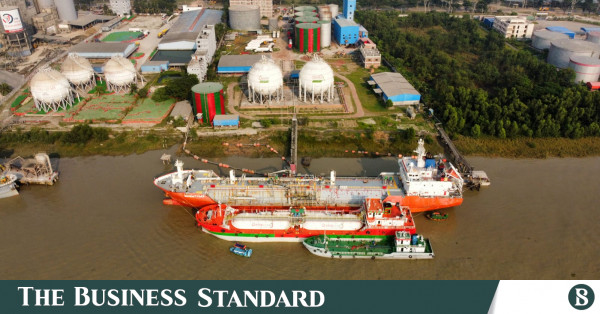Bangladesh is going to allow yarn import through four more land ports – Bhomra of Satkhira, Sonamasjid of Chapainawabganj, Darshana of Chuadanga, and Banglabandha of Panchagarh – in a bid to facilitate the essential apparel raw material trade as well as boost the ports' activities.
Currently, Bangladesh imports yarn through the Benapole land port only from neighbouring India.
The National Board of Revenue has taken the decision at a recent meeting headed by its Chairman Abu Hena Md Rahmatul Muneem.
Of the four ports, Banglabandha will be allowed especially to import yarn from Nepal following repeated requests from the landlocked country, according to the meeting minutes, a copy of which The Business Standard has obtained.
"Apart from Benapole, yarn imports through Bhomra, Sonamasjid, and Darshana land ports will be allowed for yarn import," it reads.
"However, the three ports will not be useful to import yarn from Nepal. Considering that, traders will be allowed to import Nepalese yarn using the Kakarvitta-Panitanki-Phulbari-Banglabandha route," it adds.
Earlier, the Ministry of Foreign Affairs wrote to the revenue board for allowing non-acrylic Nepalese yarn import, arguing that it would help further strengthen bilateral relations between the two neighbouring countries.
It said Nepal has the capacity of exporting a small amount of non-acrylic yarns, but keeping a ban on the trade hurts the relationship with the neighbour.
Earlier in late 2018, the NBR allowed the import of only acrylic yarn from Nepal through the Banglabandha land port by withdrawing a ban imposed in 2002.
Meanwhile, talking to The Business Standard, local spinners criticised the government move, saying that it might affect the local yarn-manufacturing industry.
"As per we know Nepal has no spinning mills. Then, how do they export yarn?" Bangladesh Textile Mills Association Director Md Saleudh Zaman Khan asked.
"Already local spinners have a stockpile of yarns worth over $2 billion. Moreover, yarn imports through the port would not be cost-effective," he, also managing director of NZ Group, added.
Mentioning that there is no testing facility to measure yarn quality at the Banglabandha port, he feared that the facility of importing yarn through the port might be abused by third-country exporters.
However, the foreign ministry in its letter argued that Nepal is not capable of exporting so much yarn that can have a negative impact on Bangladesh's yarn-makers. Moreover, the move will diversify yarn sources.
When contacted, Bangladesh Knitwear Manufacturers and Exporters Executive President Mohammad Hatem appreciated the government move of allowing yarn import through Banglabandha land port.
Besides, the opportunity of importing Indian yarn through other land ports will reduce dependency on the Benapole land port, he added.

 www.tbsnews.net
www.tbsnews.net
Currently, Bangladesh imports yarn through the Benapole land port only from neighbouring India.
The National Board of Revenue has taken the decision at a recent meeting headed by its Chairman Abu Hena Md Rahmatul Muneem.
Of the four ports, Banglabandha will be allowed especially to import yarn from Nepal following repeated requests from the landlocked country, according to the meeting minutes, a copy of which The Business Standard has obtained.
"Apart from Benapole, yarn imports through Bhomra, Sonamasjid, and Darshana land ports will be allowed for yarn import," it reads.
"However, the three ports will not be useful to import yarn from Nepal. Considering that, traders will be allowed to import Nepalese yarn using the Kakarvitta-Panitanki-Phulbari-Banglabandha route," it adds.
Earlier, the Ministry of Foreign Affairs wrote to the revenue board for allowing non-acrylic Nepalese yarn import, arguing that it would help further strengthen bilateral relations between the two neighbouring countries.
It said Nepal has the capacity of exporting a small amount of non-acrylic yarns, but keeping a ban on the trade hurts the relationship with the neighbour.
Earlier in late 2018, the NBR allowed the import of only acrylic yarn from Nepal through the Banglabandha land port by withdrawing a ban imposed in 2002.
Meanwhile, talking to The Business Standard, local spinners criticised the government move, saying that it might affect the local yarn-manufacturing industry.
"As per we know Nepal has no spinning mills. Then, how do they export yarn?" Bangladesh Textile Mills Association Director Md Saleudh Zaman Khan asked.
"Already local spinners have a stockpile of yarns worth over $2 billion. Moreover, yarn imports through the port would not be cost-effective," he, also managing director of NZ Group, added.
Mentioning that there is no testing facility to measure yarn quality at the Banglabandha port, he feared that the facility of importing yarn through the port might be abused by third-country exporters.
However, the foreign ministry in its letter argued that Nepal is not capable of exporting so much yarn that can have a negative impact on Bangladesh's yarn-makers. Moreover, the move will diversify yarn sources.
When contacted, Bangladesh Knitwear Manufacturers and Exporters Executive President Mohammad Hatem appreciated the government move of allowing yarn import through Banglabandha land port.
Besides, the opportunity of importing Indian yarn through other land ports will reduce dependency on the Benapole land port, he added.

Bangladesh to allow yarn import through 4 more land ports
Simultaneously, the revenue board will lift the ban on importing Nepalese non-acrylic yarns




